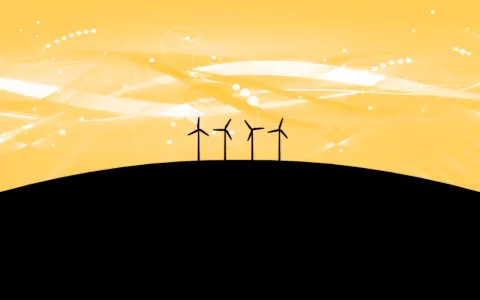
Why Asia needs to shift its focus on installing battery capacity
Grid capacities are insufficient for renewables ramp up.
The APAC region harbours some of the world's outperformers in terms of deploying renewables power generating capacity - most notably China, Japan and India, according to BMI Research.
These markets have registered a substantial influx of renewables capacity in a relatively short amount of time, to the extent where the grid has been insufficiently upgraded to integrate the rapidly increasing intermittent power supply.
By installing battery capacity, these markets will be able to smooth out solar and wind power generation intermittency curves, and thus improve power quality and by extension grid stability.
Here's more from BMI Research:
In some cases, utility-scale batteries can also enable multi-hour power supply shifts, whereby power generation excesses are stored and later released when power demand exceeds power generation. Battery storage would therefore enable these markets to add more renewables capacity without jeopardising grid stability and enable improved integration of existing capacity.
As a pertinent example, China's substantial success in deploying wind and solar capacity illustrates some of the challenges associated with having a rapid influx of intermittent power generation into the grid.
Good climatic potential in inland provinces with limited power demand, such as Xinjiang, Gansu and Inner Mongolia, means that wind and solar power generation surpluses require access to power demand outside of the respective regions.
However, limited interconnectivity between these provinces and power demand centres on the east coast has meant that a substantial volume of this power has failed to find an outlet. As such, 40% and 32% of wind power generation in Gansu and Xinjiang respectively was curtailed over 2015, according to the National Energy Administration (NEA).








![Cross Domain [Manu + SBR + ABF + ABR + FMCG + HBR + ]](https://cmg-qa.s3.ap-southeast-1.amazonaws.com/s3fs-public/styles/exclusive_featured_article/public/2025-01/earth-3537401_1920_4.jpg.webp?itok=WaRpTJwE)
![Cross Domain [SBR + ABR]](https://cmg-qa.s3.ap-southeast-1.amazonaws.com/s3fs-public/styles/exclusive_featured_article/public/2025-01/pexels-jahoo-867092-2_1.jpg.webp?itok=o7MUL1oO)









 Advertise
Advertise


